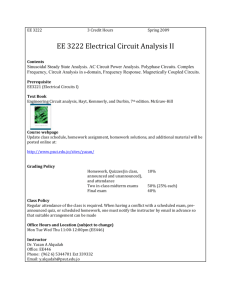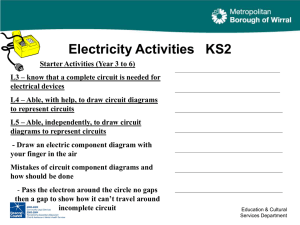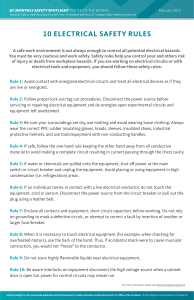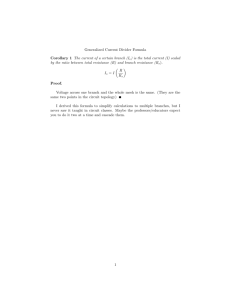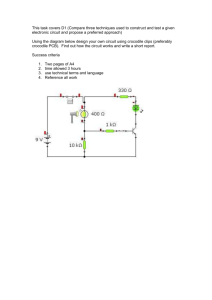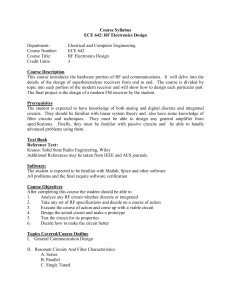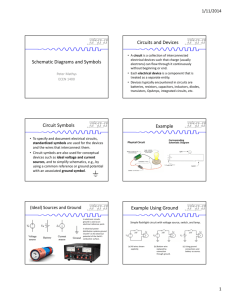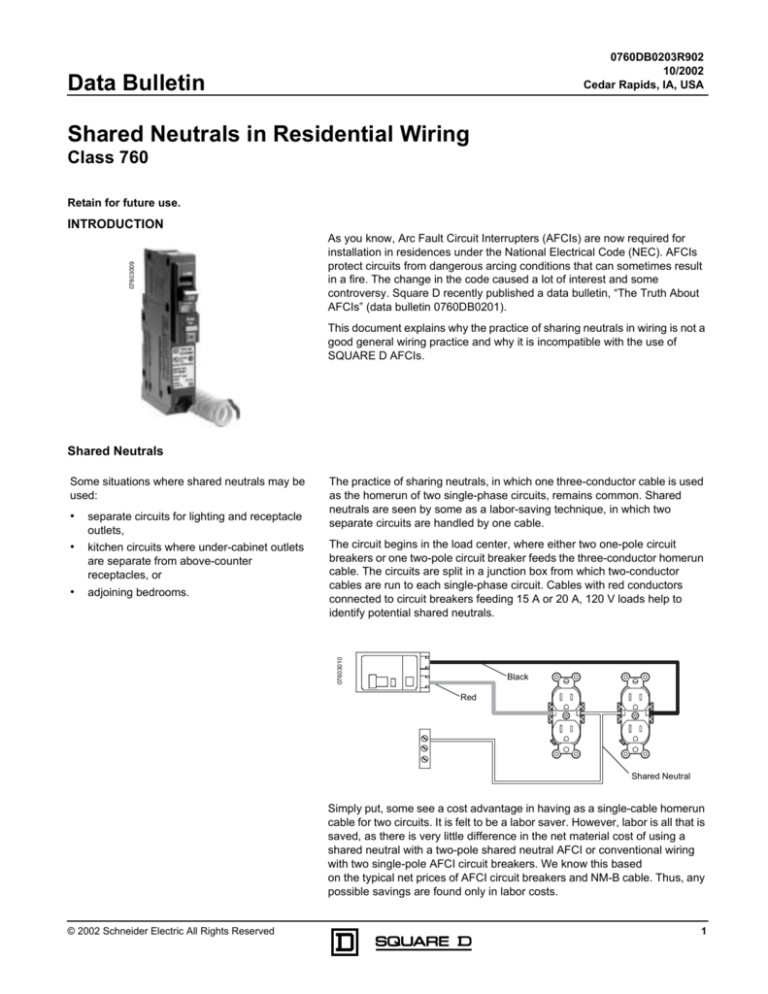
0760DB0203R902
10/2002
Cedar Rapids, IA, USA
Data Bulletin
Shared Neutrals in Residential Wiring
Class 760
Retain for future use.
07603009
INTRODUCTION
As you know, Arc Fault Circuit Interrupters (AFCIs) are now required for
installation in residences under the National Electrical Code (NEC). AFCIs
protect circuits from dangerous arcing conditions that can sometimes result
in a fire. The change in the code caused a lot of interest and some
controversy. Square D recently published a data bulletin, “The Truth About
AFCIs” (data bulletin 0760DB0201).
This document explains why the practice of sharing neutrals in wiring is not a
good general wiring practice and why it is incompatible with the use of
SQUARE D AFCIs.
Shared Neutrals
Some situations where shared neutrals may be
used:
separate circuits for lighting and receptacle
outlets,
•
kitchen circuits where under-cabinet outlets
are separate from above-counter
receptacles, or
•
adjoining bedrooms.
The circuit begins in the load center, where either two one-pole circuit
breakers or one two-pole circuit breaker feeds the three-conductor homerun
cable. The circuits are split in a junction box from which two-conductor
cables are run to each single-phase circuit. Cables with red conductors
connected to circuit breakers feeding 15 A or 20 A, 120 V loads help to
identify potential shared neutrals.
07603010
•
The practice of sharing neutrals, in which one three-conductor cable is used
as the homerun of two single-phase circuits, remains common. Shared
neutrals are seen by some as a labor-saving technique, in which two
separate circuits are handled by one cable.
Black
Red
Shared Neutral
Simply put, some see a cost advantage in having as a single-cable homerun
cable for two circuits. It is felt to be a labor saver. However, labor is all that is
saved, as there is very little difference in the net material cost of using a
shared neutral with a two-pole shared neutral AFCI or conventional wiring
with two single-pole AFCI circuit breakers. We know this based
on the typical net prices of AFCI circuit breakers and NM-B cable. Thus, any
possible savings are found only in labor costs.
© 2002 Schneider Electric All Rights Reserved
1
Shared Neutrals in Residential Wiring
Data Bulletin
Disadvantages of Shared Neutrals
Moving Forward
0760DB0203R902
10/2002
There are several significant disadvantages to be found in the practice of
sharing neutrals:
•
On two-pole common-trip circuit breakers, both circuits are interrupted
during any type of fault. If a shared neutral circuit feeds many rooms,
then all rooms lose power if a fault occurs in any one room. If a shared
neutral circuit feeds receptacles and lights, both will lose power with a
fault on either one.
•
If the homerun neutral is lost, the connected loads are subject to
voltages varying from 0 V to 240 V (line-to-line). The likely result
from this is severe damage to any connected devices due to extreme
under- and over-voltage conditions.
•
On two-pole independent-trip circuit breakers, one may find hot wires
in a junction box that was presumed dead. One cannot overemphasize
how dangerous this would be. If one of the shared neutral circuits were to
trip due to a short-circuit or overload, the other circuit would remain hot.
Anyone servicing any device in that junction box may be exposed to
live conductors.
There is a need for the two-pole device in retrofit and 240 V applications. As
code requirements expand to these applications, Square D will offer a
120/240 V two-pole device. It will be specifically intended for 240 V and
shared neutral applications, where shared neutrals exist and running new
cable is not practical.
Before understanding all of the facts, one may believe that sharing neutrals
is economical. The savings, if any, are not as large as one may think. In a
typical residential application, two 75-foot-long (22.8 m) home runs could be
wired with one cable, instead of two, by sharing neutrals. The typical cost of
the three-conductor cable is about twice that of the two-conductor cable.
Thus the money saved in cable cost is negligible. Compared to two one-pole
AFCIs, the cost of a two-pole AFCI is only slightly higher.
To reduce the difficulties found in pulling two cables for the homerun rather
than one, several cable and wire manufacturers have introduced new fourconductor plus ground cables. These new cables offer independent neutrals,
thus eliminating the potential problems associated with shared neutrals.
For more information about the disadvantages of shared neutrals, call
Square D Cedar Rapids Application Support at (319) 369-6650.
Square D Company
3700 Sixth St. SW
Cedar Rapids, IA 52404 USA
1-888-SquareD (1-888-778-2733)
www.SquareD.com
2
Electrical equipment should be installed, operated, serviced, and maintained only by
qualified personnel. No responsibility is assumed by Schneider Electric for any
consequences arising out of the use of this material.
© 2002 Schneider Electric All Rights Reserved

